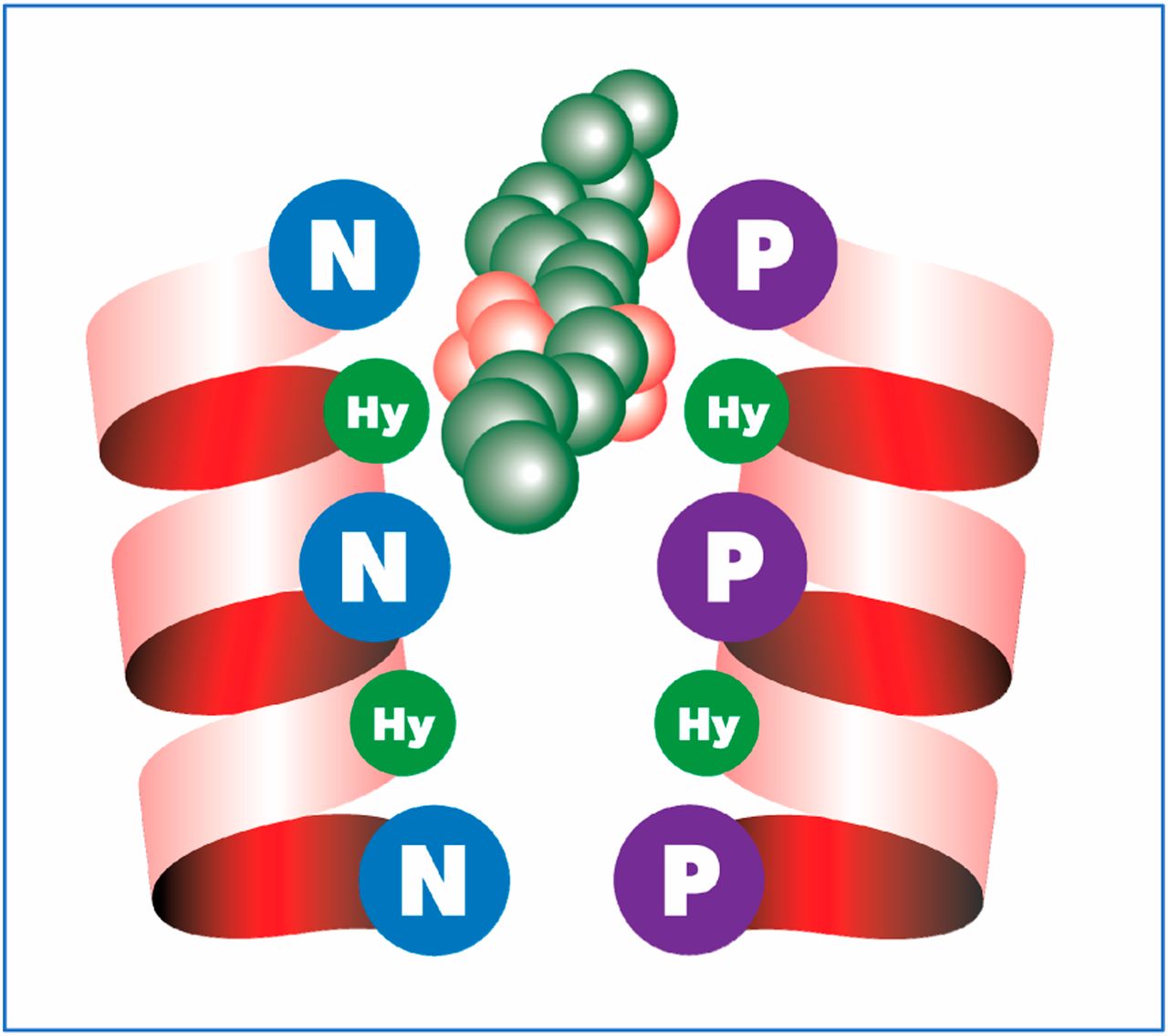After diagnosis, only thirty percent of glioblastoma (an aggressive brain cancer) patients have survived more than two years. However, San Diego Supercomputer Center (SDSC) Research Scientist Igor Tsigelny recently collaborated with colleagues from Sweden’s Karolinska Institute and the Pasteur Institute in France to improve the prognosis of those struck with this typically fatal cancer.
The paper, ‘A New Strategy for Designing Allosteric Modulators of Transcription Factor Dimerization’ was published this month in the Proceedings of the National Academy of Sciences and experimentally confirms researchers’ earlier findings on using interface inhibitors to combat glioblastoma, said Tsigelny.
Tsigelny, who specializes in personalized cancer medicine and computational drug design, previously worked on these interface inhibitors and their role in brain cancer treatment, specifically focused on OLIG2 (oligodendrocyte transcription factor 2), which is primarily known for its relationship with cancers such as glioblastoma and leukemia.
“In past studies, the development of OLIG2 inhibitors has been challenging because of the lack of specific pockets and extensive protein-to-protein interfaces,” explained Tsigelny. “Now, though, we have worked with our colleagues at Karolinska and Pasteur, Lars Terenius and Jean-Pier-Changeux, to make significant progress with the latest experiments.”
Sho Oasa, Vladana Vukojević and Rudolf Rigler from Karolinska Institute also participated in this study.
Specifically, the researchers completed a direct molecules-interaction study that demonstrated how inhibitors can deter the OLIG2 heterodimer interface in glioblastoma cells. The team took a closer look at the molecular interactions by using Fluorescence Cross-Correlation Spectroscopy (FCCS), which was developed in the mid-1990s. An extension of FCS (fluorescence correlation spectroscopy), FCCS allowed the scientists to measure two species simultaneously (by co-incidence). Labeled with two different colored fluorescent probes, the cross-correlation analysis in the cells confirmed the potential of using OLIG2 inhibitors for treatment.
Tsigelny’s theoretical findings describing development of OLIG2 inhibitors were first published in Oncootarget in 2017 in an article titled “Multiple Spatially Related Pharmacophores Define Small Molecule Inhibitors of OLIG2 in Glioblastoma”.
The latest work was supported by the Swedish Research Council (VR 2016-01922) and The Swedish Foundation for Strategic Research (SBE13-0115).
About SDSC
As an Organized Unit of the University of California San Diego, SDSC is considered a leader in data-intensive computing and cyberinfrastructure, providing resources, services, and expertise to the national research community, including industry and academia. Cyberinfrastructure refers to an accessible, integrated network of computer-based resources and expertise, focused on accelerating scientific inquiry and discovery. SDSC supports hundreds of multidisciplinary programs spanning a wide variety of domains, from earth sciences and biology to astrophysics, bioinformatics, and health IT. SDSC’s petascale Comet supercomputer is a key resource within the National Science Foundation’s XSEDE (Extreme Science and Engineering Discovery Environment) program.
About the Karolinska Institute
Recognized as Sweden’s best university and one of the most prestigious medical universities in the world, Karolinska Institute is the highest ranked in all of Scandinavia. The Nobel Assembly at the Karolinska Institute awards the Nobel Prize in Physiology or Medicine.
About the Pasteur Institute
The Pasteur Institute is a French non-profit private foundation dedicated to the study of biology, micro-organisms, diseases, and vaccines. Founded by Louis Pasteur in 1887, the Institute is named after Pasteur, who made some of the greatest breakthroughs in modern medicine at the time including pasteurization and vaccines for anthrax and rabies.
Original post https://alertarticles.info
